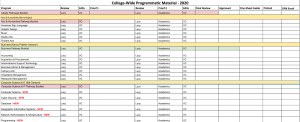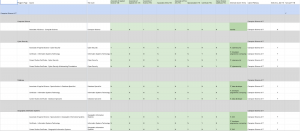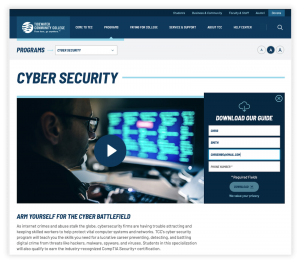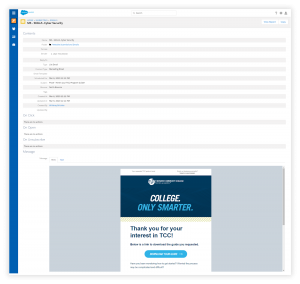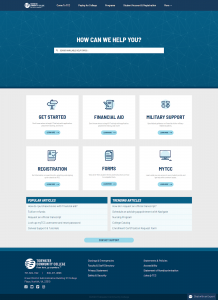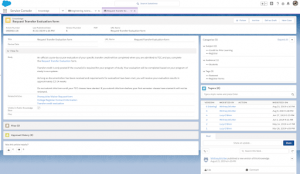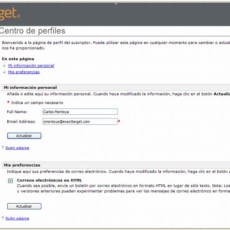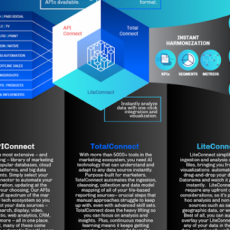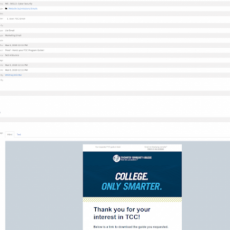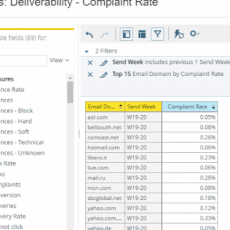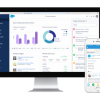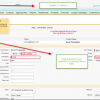Launching an integrated, targeted marketing plan can present seemingly insurmountable content challenges for colleges and universities with small budgets and even smaller departments. Creating hundreds of printed brochures is one thing – but where do you go from there? How can you accurately represent hundreds of programs, reflect academic changes, celebrate new degree launches and support institutional priorities through ongoing enrollment cycles? Or maybe you’ve launched a new system and now you’re faced with the daunting task of managing it – all of it – for the first time this year.
1.Focus on Organization
Marketers have known for years that “content is king.” But building scalable content strategies for content creation and management across digital and print platforms is way easier said than done – especially for small departments managing promotions for dozens – or hundreds – of unique programmatic offerings and services.
When it comes to managing ongoing updates to your college-wide content a flexible system needs to be in place as soon as you start to ensure that you are properly tracking and managing your assets. This means: keeping a year-long calendar of when updates are needed, inventorying your content in a shared system of record, and establishing clear processes for review and approval.
Find the missing piece of your plan with scalable content strategies for content creation and management across digital and print platforms. From recruitment materials to advertising, a flexible system can help you keep content current and can streamline your targeted marketing.
Here’s 4 tips for how you can double your content creation with half the work by developing an organized content-first marketing strategy, committing to cross-departmental relationships, leveraging Salesforce automation in Pardot and Marketing Cloud, and investing in a master Help Center through Salesforce Communities.
It can seem overwhelming – but you don’t need a high-tech project management tool to be organized. In fact, a good project manager can run these updates off of a simple Excel file. At Tidewater Community College we actually use a series of cloud-based Google tools (Google Documents, Google Drive) to help us manage our annual programmatic collateral updates, including:
- A program master sheet – This is the most comprehensive document the Marketing Department maintains and encompasses all the information needed – by program and Career Pathway – for every piece of collateral we develop. This serves as our single source of truth (SSOT) for all collateral updates related to for-credit, academic offerings.
- An exhaustive list of all programmatic materials by type – This is a simple document we use each year to track the completion and development of each programmatic material by type as it moves through the various divisions for review and approval.
- Shared folders of updated creative – A repository of all our final creative/collateral sorted by type and size, easily referrable, and shareable across the college thanks to a cloud-based system and dynamic link sharing settings.
Using even the most basic, organized system of record (as noted above) will allow you to maximize your time by creating a system for organizing files and a process for streamlining reviews (from a single document like a master sheet) with at-a-glance tracking. We also share these documents publicly with college leadership for transparency and to celebrate the collaboration.
While the example provided above is for our programmatic materials, we have a similar – scalable! – a system in use for updating digital ads, video content, and other large, ongoing content projects.
Pending an expansion of Salesforce at the college, TCC’s Marketing Department is exploring Salesforce Quip as a replacement to Google for our ongoing collaboration in maintaining these college-wide pieces.
2.Build Cross-Departmental Relationships
Strong relationships with colleagues in divisions like academics and student services are often untapped resources in successful, ongoing content marketing plans.
Most marketers work very closely with academics to define an institution’s unique selling points and strategic priorities for paid campaigns. In my experience, very few marketing departments continue to engage with leadership in academics and student services when it comes to developing print or web collateral. From there, even fewer are leveraging their colleagues’ input for annual content reviews and ongoing updates.
Requesting an annual comprehensive review of your materials with designated contacts at set points in the semester (in accordance with the development of the college catalog, for instance, with academics and over the summer with student services) aligns your marketing processes with ongoing institutional priorities and ensure that your materials not only stay up-to-date, but that other stakeholders have a vested interest in the accuracy of your materials.
Another benefit? You can address accreditation needs or updates in one fell swoop.
And an organized system of record (as noted above) means that these divisions don’t need to review 500+ pieces to proof the content in 500+ pieces. By sharing a program master document for review and circulating a single piece of printed collateral (for instance, a brochure) you can note and replicate edits and changes in production – streamlining the approval process and eliminating duplicative efforts.
At Tidewater Community College, this means that our institution can rest assured that each year’s college-wide printed brochures, downloadable guides, program landing pages, automated emails, and mail pieces contain information that has been fully vetted and reviewed by the appropriate department.
3.Automate What You Can
At Tidewater Community College, we introduced a series of web forms incentivizing a free downloadable guide on our newly re-designed website to help transform our interactions with prospective students. After submitting their information, a user will immediately receive an automated communication, customized with their personal information, requested guide, and information.
This feature is a perfect example of how investing some development time and the creation of simple marketing collateral for Salesforce integrations on your public-facing site can have a huge pay-off in terms of organic lead capture – working smarter, not harder on your content development.
At TCC, we have hundreds of automated email templates that offer tailored messaging related to a student’s individualized interest.
Templates mean scalability, which is essential for higher ed marketers struggling to magnify their impact and decrease their administrative burden.
Marketing teams can also use data from Pardot to fill and nurture your pipeline with prospects and launch personalized journeys based on potential students’ interests and/or location in the enrollment funnel.
Remember, the goal is to deliver results. By giving your interested prospects information that is tailored to their circumstances, you will build rapport, increase your open rates, and optimize your service interaction.
By using marketing automations and pre-built templates to design these journeys, your marketing team does it all at scale without having to reinvent the wheel.
4.Invest in a Help Center
At Tidewater Community College, also oversees a huge source of constantly changing, publicly available student service through our knowledge base, or Help Center (help.tcc.edu). To successfully launch a knowledge base, you should always develop your information architecture prior to developing your content; this will help you organize your online property and make updates easier with streamlined organization! You can also save time by adding only evergreen articles to your knowledge base; dates and deadlines in an article can be updated, but article titles should be unchanging and relevant to a student no matter where you are in the year or semester.
By harnessing the power of Communities, our team has built custom templates for various article types (i.e. how-to, FAQ, forms) that allow us to quickly organize and maintain hundreds (or thousands) of documents and articles throughout the academic year.
Thanks to Salesforce’s dynamic tool and the ability to “set” URLs for these articles, when the time comes for a change or update in this area of our content, our team can upload a new file or adjust article content, without chasing hard links across our other public web properties or worrying about redirects. And we can trigger our own notifications for stale content review at the article-level to ensure that information is always up-to-date.
Since the data in TCC’s Help Center, our Single Source of Truth, is updated for backend and frontend use, it simultaneously provides streamlined, current information to our internal support staff as well as our external user.
Conclusion
If you work at a college or university struggling to launch a large content marketing strategy, one of the most important things you can do to ensure success is to focus on scalability and organization. If you’ve already established a content marketing plan but are struggling to maintain your collateral year-over-year, double-down on your process! Take a comprehensive inventory of your pieces and start developing a year-long calendar for updating that requests support from colleagues in different areas. From there, leverage available marketing automation and cloud-based collaborative software to streamline your team’s content updates and file management.
Please subscribe
Subscribe to our mailing list and get tips to maximize salesforce to your email inbox.
I am honored to have your subscription. Stay tuned for tips to maximize your salesforce investment
Something went wrong.
